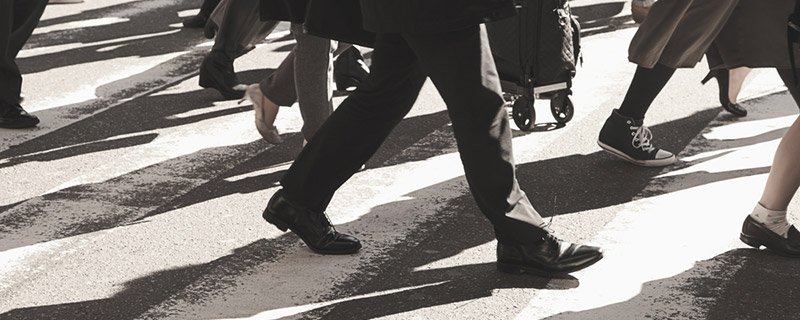People

People who are native to Japan belong to the ethnic group known as the Japanese. Approximately 98.5% of Japan’s inhabitants are Japanese, while around 130 million people outside the country are descendants of Japanese.
Origins
The most highly-regarded origin theory of the Japanese people is that they are descendants of the Jomon (people from the prehistoric era — 12,000 BC to 300 BC — who were indigenous to Japan) and Yayoi (people who immigrated to Japan during the Iron Age era: 300 BC – 300 AD). However, historians and scholars remain divided on this subject and the origins of both Jomon and Yayoi are still being disputed.
Language
Japanese people speak Nihongo, or the Japanese language, which is the country’s national language. It belongs to the East Asian languages group, in the Japanese-Ryukyuan or Japonic language family.
Writing
During ancient times, around the 5th century, Japanese used the Classical Chinese writing system. However, as hundreds of years passed by, they developed their own writing and have evolved to the present system that utilises a combination of kanji, katakana and hiragana.
- Kanji – a writing system consisting of Chinese characters. It is made up of several tens of thousands of characters, but only about 3,000 are commonly used in the country.
- Katakana – a syllabary type of writing system that features short strokes with sharp corners and considered to be the easiest among the Japanese writing systems. It consists of 48 characters.
- Hiragana – also a syllabary type of writing system and is frequently used for native Japanese words that have no kanji representations. It is composed of 46 modern characters.
Religion
Japanese people mostly belong to one of the top two religions in Japan, the Shinto and Buddhist religions. Approximately 84-96% of the population claim to believe in the teachings of both and use these for different purposes, including in the establishment of their traditions, customs, ideologies, morals and other activities.
The rest of the population practices Christianity, Taoism, and other minority religions.
Arts and Literature
Japanese people have an admirable track record when it comes to their arts and literature, which have become well-known even outside of their own country.
- Haiku – a form of poetry that is characterised by three lines, with the first and third line containing five syllables and the second line having seven syllables. Japan’s most popular haiku master is Matsuo Basho, who lived from 1644 to 1694 and is regarded as Japan’s “saint of poetry”.
- Japanese calligraphy – a form of artistic writing that employs similar techniques and principles (clerical script, regular script, seal script, cursive and semi-cursive) as Chinese calligraphy. It uses four basic tools — brush, inkstick, Mulberry paper, and inkstone — and may also include supplementary tools such as a cloth, seal or paper weight.
- Dotaku – these are decorated Japanese bells made from bronze, usually lavishly decorated with animals, insects and other natural elements. They were first produced around 2 BC as ornaments for various rituals to attract bountiful harvests, but are also believed to have been used as a device to warn against invaders.
- Japanese sculptures – the first sculptures by the Japanese people were created using clay. They were made for religious purposes, typically to produce representations of Shinto and Buddhist deities. Through the years, sculptures made from wood, bronze, and other materials have also appeared. Some of the best still survive and can be found in various temples all over the country, such as at the Todai-ji and Horyuji temples.












